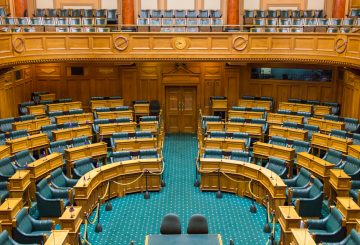Shooting stars, also known as meteors, can be seen on any night of the year. However, some nights are better than others for viewing these celestial events. As the Earth orbits the Sun, it passes through streams of dust and debris from comets and asteroids. This debris causes “meteor showers,” when the number of shooting stars visible in the sky dramatically increases.
Right now, we are moving through the outskirts of a debris stream left behind by Halley’s comet. This creates the Eta Aquariid meteor shower, which is particularly visible from the southern hemisphere. Every year, when the Earth reaches this point in its orbit, the Eta Aquariids can be seen in the morning sky.
This year’s display is expected to be exceptional. The peak of the shower coincides with a new Moon, meaning the sky will be extra dark in the hours before dawn – perfect for watching fragments of the famous comet fall. There are also hints that the shower might be more “active” than usual.
Halley’s comet, officially named 1P/Halley, orbits the Sun every 76 years and has been on its current path for thousands of years. Each time it passes through the inner Solar System, the comet sheds dust and gas. This dust spreads through space, creating a broad debris field along the comet’s orbit.
The Earth passes through this debris twice a year, resulting in two well-known meteor showers. In October, we see the Orionid meteor shower, which is visible from both hemispheres. But the better of the two showers, the Eta Aquariid meteor shower, peaks in early May.
The Eta Aquariids are one of the best meteor showers of the year, but they are not as well-known because they are best seen from the southern hemisphere and are difficult to observe from locations north of the equator.
For those in the southern hemisphere, the best time to observe the Eta Aquariids is in the hours before dawn, when the radiant – the point in the sky from where the meteors appear to originate – is high in the sky. The number of meteors visible increases as the radiant rises higher in the sky.
This year’s Eta Aquariid meteor shower is expected to be particularly special. Not only will the sky be dark due to a new Moon, making meteors easier to spot, but scientists also believe that this year could see significantly more meteors than usual. In fact, some suggest that the 2024 Eta Aquariid meteor shower could be the strongest of the entire 21st century.
Predicting the activity of meteor showers is difficult, and some researchers believe that this year might just be “business as usual.” Regardless, with perfect conditions and the peak falling on the morning of 6 May, it’s an excellent opportunity to plan a weekend trip to the countryside to enjoy a natural fireworks display before watching a beautiful autumn sunrise.





























































